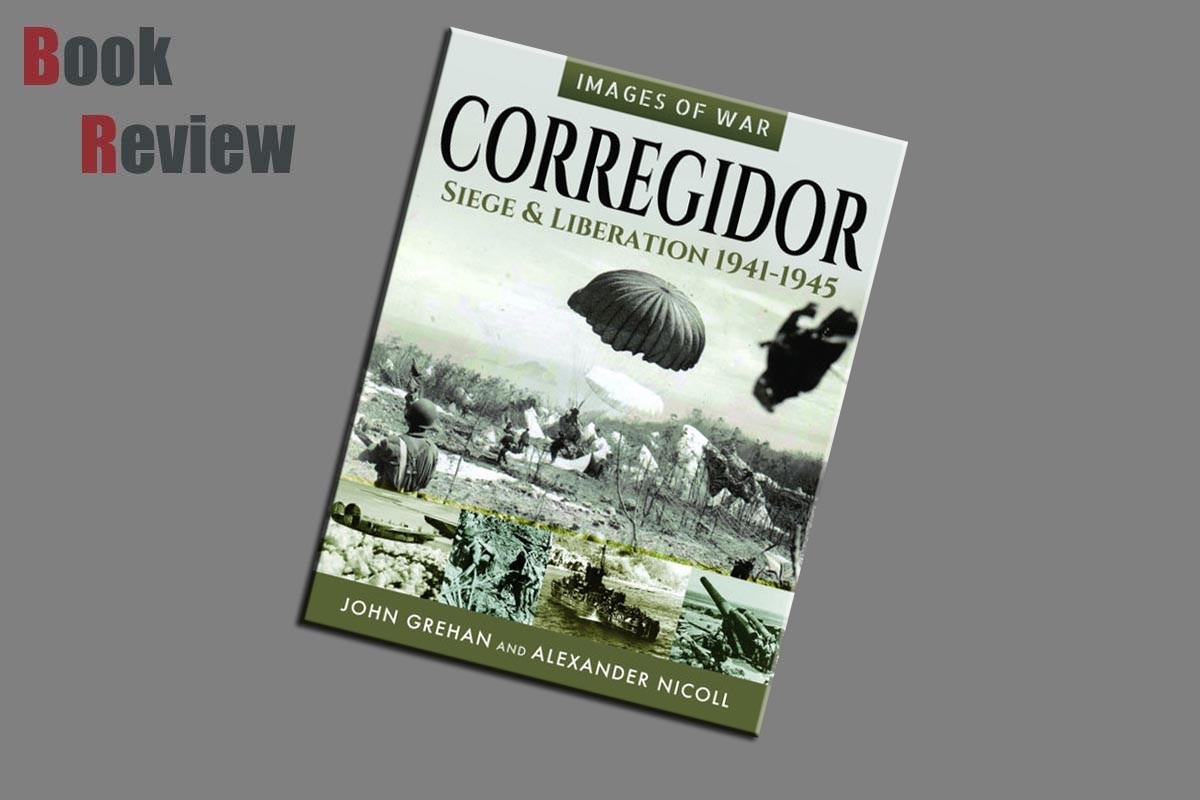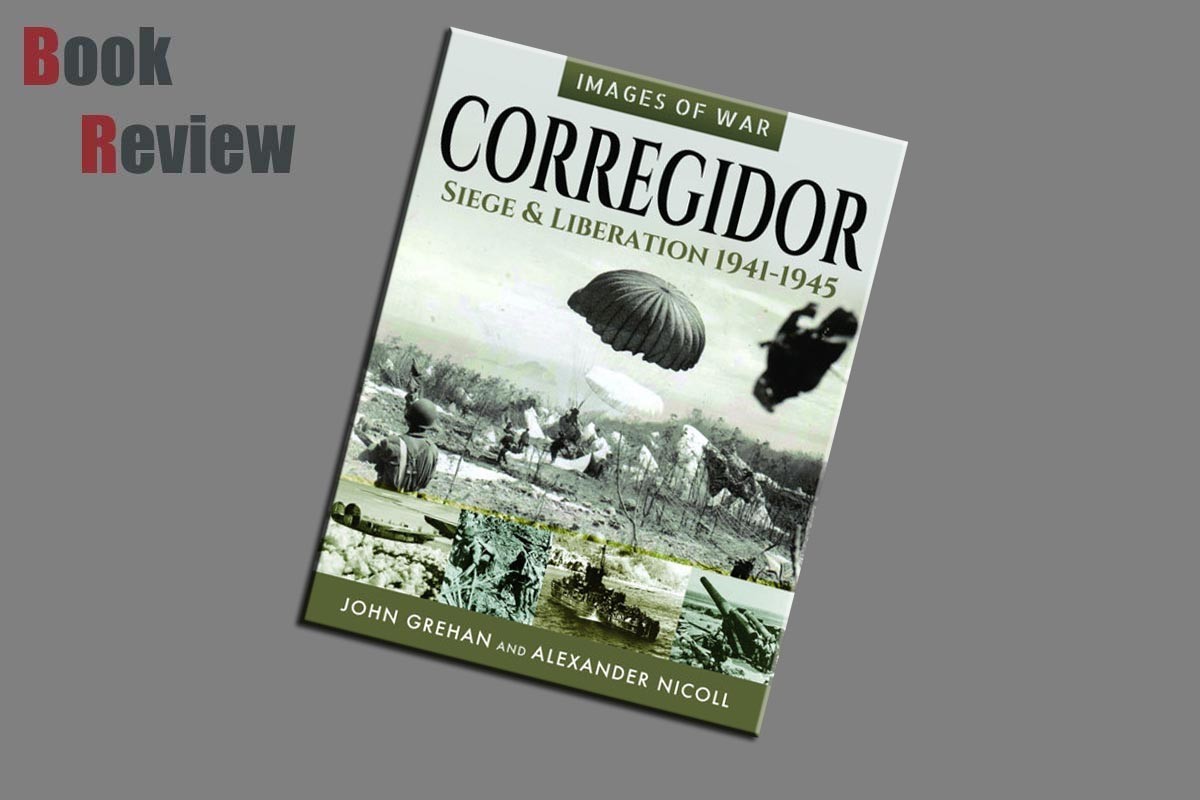
Introduction
The following introduction is taken from the Pen and Sword website:
Singapore and Hong Kong had fallen to the forces of Imperial Japan, Thailand and Burma had been invaded and islands across the Pacific captured. But one place, one tiny island fortress garrisoned by a few thousand hungry and exhausted men, refused to be beaten. That island fortress was Corregidor which guarded the entrance to Manila Bay and controlled all sea-borne access to Manila Harbour. At a time when every news bulletin was one of Japanese success, Corregidor shone as the only beacon of hope in the darkness of defeat.
The Japanese 14th Army of Lieutenant General Masaharu Homma, threw everything it had at Corregidor, officially named Fort Mills. But deep within the island’s rocky heart, a tunnel had been excavated into Malinta Hill and there the US troops, marine, naval and army, endured the terrible onslaught. At their head was General Douglas MacArthur who became a national hero with his resolute determination never to surrender, until ordered to evacuate to Australia to avoid such a senior officer being captured by the enemy. Bur with his departure, the rest of the garrison knew that there was no possibility of relief. They would have to fight on until the bitter end, whatever form that might take.
That end came in May 1942. The defenders were reduced to virtually starvation rations with many of them wounded. Consequently, when, on 5 May the Japanese mounted a powerful amphibious assault, the weakened garrison could defy the enemy no longer. Corregidor, the ‘Gibraltar of the East’, finally fell to the invaders.
Those invaders were to become the invaded when MacArthur returned in January 1945. For three weeks, US aircraft, warships and artillery hammered the Japanese positions on Corregidor. Then, on 16 February, the Americans landed on the island. It took MacArthur’s men ten days to hunt down the last of the Japanese, after many had chosen to commit suicide rather than surrender, but Corregidor was at last back in Allied hands.
In this unique collection of images, the full story Corregidor’s part in the Second World War is dramatically revealed. The ships, the aircraft, the guns, the fortifications and the men themselves, are shown here, portraying the harsh, almost unendurable, realities of war.
Review
Pen and Sword has a series of books under the Images of War header. This series of books cover various aspects of warfare from WWI to the present day, with WWII being an area particularly well covered. This offering covering Corregidor, the siege and liberation of is authored by John Grehan and Alexander Nicoll. This soft backed offering provides 202 pages, with the contents laid out as follows:
The Island Fortress of Corregidor
Under Fire, 8th December 1941- 8th April 1942
Siege, 9th April - 4th May 1942
The Japanese Landings, 5-6th May 1942
Escape, Captivity and Occupation, 1942-1944
The Dawn of Liberation, 1944-1945
Return to the Rock, 16-26th February 1945
Aftermath
The Images of War series of books, are not written tomes of information, but can be considered photographic gems. Each chapter begins with a short written introduction that in effect provides the setting for the images you are presented with. The text is well written and despite being short, provides you with a reasonable level of information. I particularly like that the start of this book, begins with a look at the terrain and vegetation of this island fortress, as it provides an informative backdrop to the rest of the images.
The photographs in this release are period offerings of surprising quality, when you consider the conditions in which they were taken. Each photograph is accompanied with a well written caption, that adds that final polish to the images you are looking at. Looking through this title, I believe this book could be considered the Alamo of WWII, as the various arms of the US military fortified an island and held the enemy at bay literally until they were starving and running out of ammunition before surrendering.
Conclusion
The photographs in this book tell a story that I knew nothing about, and I believe that everybody who takes the time to look through it will be hard pushed not to find respect for the men who fought, died, or were captured here. A truly wonderful book, covering one of the many battles that get forgotten as history moves on.


























